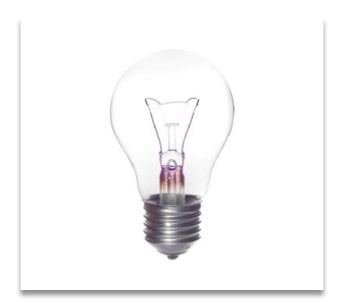 A home generator can really help you out when you lose power in your home. It is a must for anyone who frequently loses power and can be out for hours or days at a time. A generator can restore critical services to your home, such as by providing heat, water, and electricity to medical equipment, as well as lights, and cold food storage.
A home generator can really help you out when you lose power in your home. It is a must for anyone who frequently loses power and can be out for hours or days at a time. A generator can restore critical services to your home, such as by providing heat, water, and electricity to medical equipment, as well as lights, and cold food storage.
In previous posts, How to Buy a Generator and How to Buy a Generator 2, I talked about identifying your need. One of the things that can be confusing is figuring out exactly how much energy various appliances and systems in your home need.
Fortunately, I found a couple of cheat sheets online.
Here is one at buyagenerator.com.
Here is another at yamahagenuineparts.com
These numbers should only be used as a general guideline. For example, the first site has a refrigerator listed at consuming 700 watts to run and 2800 watts to start up. Common sense will tell you that this still depends on the size or your refrigerator, the age (and energy efficiency) of the refrigerator, etc. You will see that even with the two cheat sheets I gave you, there are differences listed. For a more through check, find your owner’s manual, look online, or check with the manufacturer of the appliance.
Now, let’s talk a little bit about the different types and the various fuels used in household generators. Each type comes with different capacities and safety issues, which we will cover in a future post.
There are two basic types of generators used in the home: standby generators and portable generators. We have the later type for our home use.
Standby generators are installed permanently in your home and considered part of your house. They are hardwired into your home’s electrical system and should only be installed by a licensed electrician. They generally run on dedicated fuel lines of city gas or propane (or you can install your own propane tank). If you want an easy transition when power goes out, this is the way to go.
Portable generators are more flexible in that they can be used pretty much anywhere there isn’t power, from a new construction site or a rural area. They can be moved from palce to place as needed. Portable generators are designed to be used for a shorter period of time, such as a few hours. These generators carry their own fuel tank and usually run off of regular gasoline. They contain standard power outlets, making it easy to use ordinary extension cords. Portable generators are smaller and much less expensive (hundreds instead of thousands).
Mary Ann Romans writes about everything related to saving money in the Frugal Blog, creating a home in the Home Blog, caring for little ones in the Baby Blog and now relationships in the Marriage Blog. You can read more of her articles by clicking here or subscribe to the blog using the subscription box on the right.
Related Articles:
This Winter Will Be a Cold One!
Power Out and Not Prepared? Clever Emergency Solutions
Cooking by Numbers Makes Pantry Shopping Easy!

